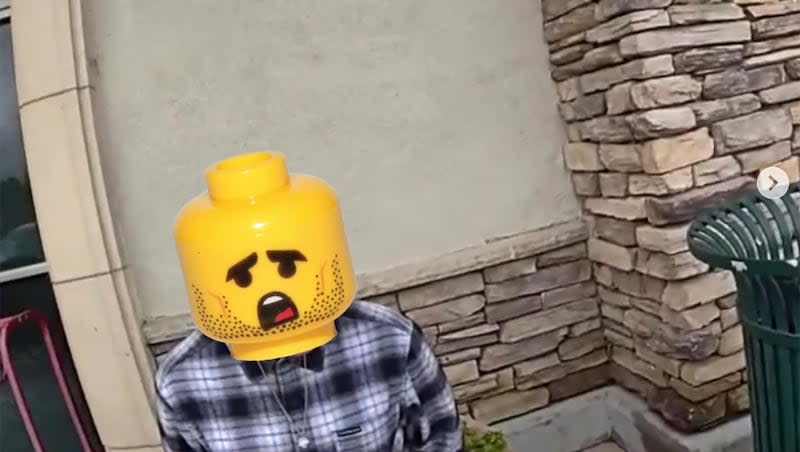A police department started putting LEGO heads on photos of suspects. The toy company was not amused

The ethics of publishing mug shots of people who have been arrested is normally a serious debate. But the conversation took a comical turn after the police department in Murrieta, California, started putting images of LEGO heads atop real people in the photos they released — and the toy company demanded that they stop.
In a Facebook post on March 18, the Murrieta Police posted a lineup photo of five people with LEGO heads and explained that this was done in order to comply with a new California law that governs the sharing of photos of people arrested for nonviolent crimes.
“On January 1st, a new law went into effect that restricts the how and when law enforcement agencies in California share suspect photos & mugshots. The new law, Assembly Bill 994 & Penal Code 13665, now prohibits law enforcement from sharing suspect photos for nonviolent crimes, unless specified circumstances exist. Additionally, the new law requires agencies to remove suspect mugshots from social media after 14 days, unless special circumstances exist,” the Facebook post said.
The post said the faces were covered in order to keep the community well-informed, while honoring “everyone’s rights & protections as afforded by law; even suspects.”
5 suspects appear in a police line up with LEGO heads with a variety of different facial expressions. pic.twitter.com/kTi2PY8KbF
— Oli London (@OliLondonTV) March 20, 2024
As it turns out, the Murrieta Police Department has been doing this for the better part of a year, but the photos only went viral recently, catching the attention of the Denmark-based toy company, which was not as amused as the public.
The Associated Press reported that on March 19, LEGO contacted the police department and “respectfully asked us to refrain from using their intellectual property in our social media content, which, of course, we understand and will comply with,” according to Lt. Jeremy Durrant in a written statement. Durrant also said, “We are currently exploring other methods to continue publishing our content in a way that is engaging and interesting to our followers.”
Mugshots taken of people who have been arrested are part of the public record, and are not always cause for shame. Smithsonian magazine noted, for example, that the mugshots of Rosa Parks and Martin Luther King Jr. became sources of inspiration during the Civil Rights Movement. And former President Donald Trump’s booking photo in Fulton County, Georgia, last year energized his supporters and became a new emblem on Trump merchandise.
But for ordinary citizens who are arrested and may later have the charges dropped or be found innocent, mugshots can be a nightmare that follows them all of their life. This is one reason why many news organizations across the country have stopped the practice of publishing them (with the notable exception of Trump’s), according to Poynter.org.
In an op-ed published on Real Clear Policy, Marc Levin and Khalil Cumberbatch examined the disproportionate effect of mugshots on people who don’t register on search engines except when a mugshot turns up.
“Most people lack a prominent public profile, which means a mugshot would likely be the initial or sole item a potential employer or landlord would find through an online search. Though the concept of mugshots dates back to the 1840s, the ubiquity of the internet has dramatically amplified the global reach and negative potency of such images,” Levin and Cumberbatch wrote.

